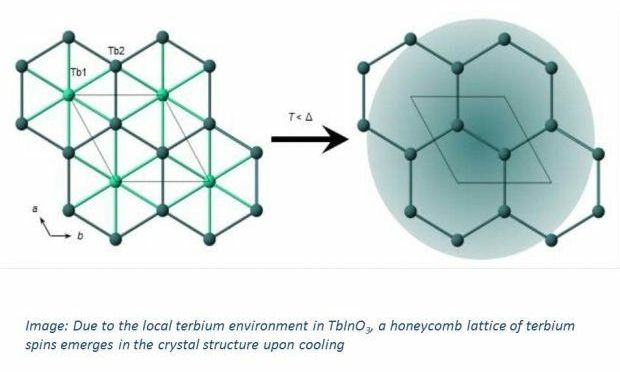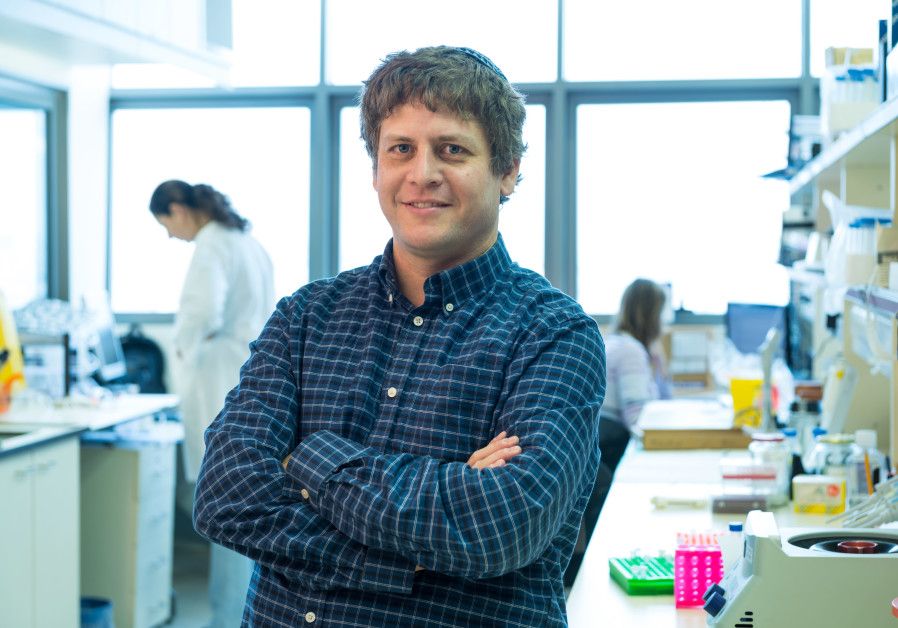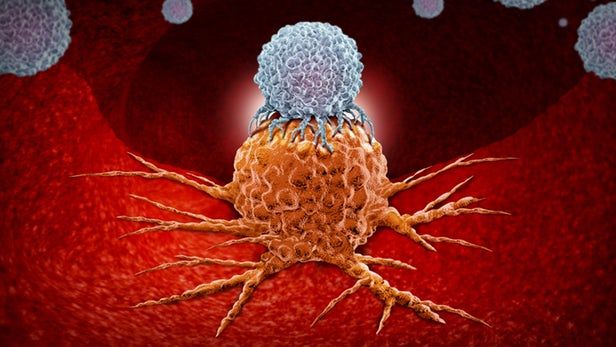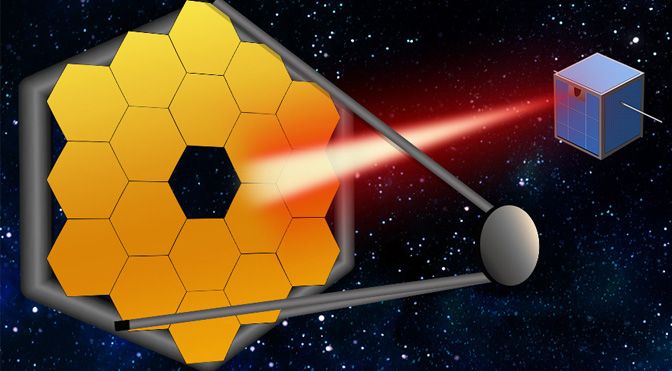Jan 23, 2019
‘Great Wave’ depicted in Hokusai’s masterpiece recreated by scientists
Posted by Genevieve Klien in category: innovation
For nearly 200 years, Katsushika Hokusai’s iconic woodblock print The Great Wave off Kanagawa has inspired wonder partly because the event it depicts, a towering freak wave, has defied scientific explanation.
Now, a team at Oxford and Edinburgh universities claim to have laid the mystery to rest by successfully creating one for themselves — and it looks remarkably similar.
The achievement is being hailed as a significant breakthrough because, so far, meteorologists and sailors have had no means of predicting the likelihood of violent waves that are unexpectedly large compared to their surroundings.
Continue reading “‘Great Wave’ depicted in Hokusai’s masterpiece recreated by scientists” »

















